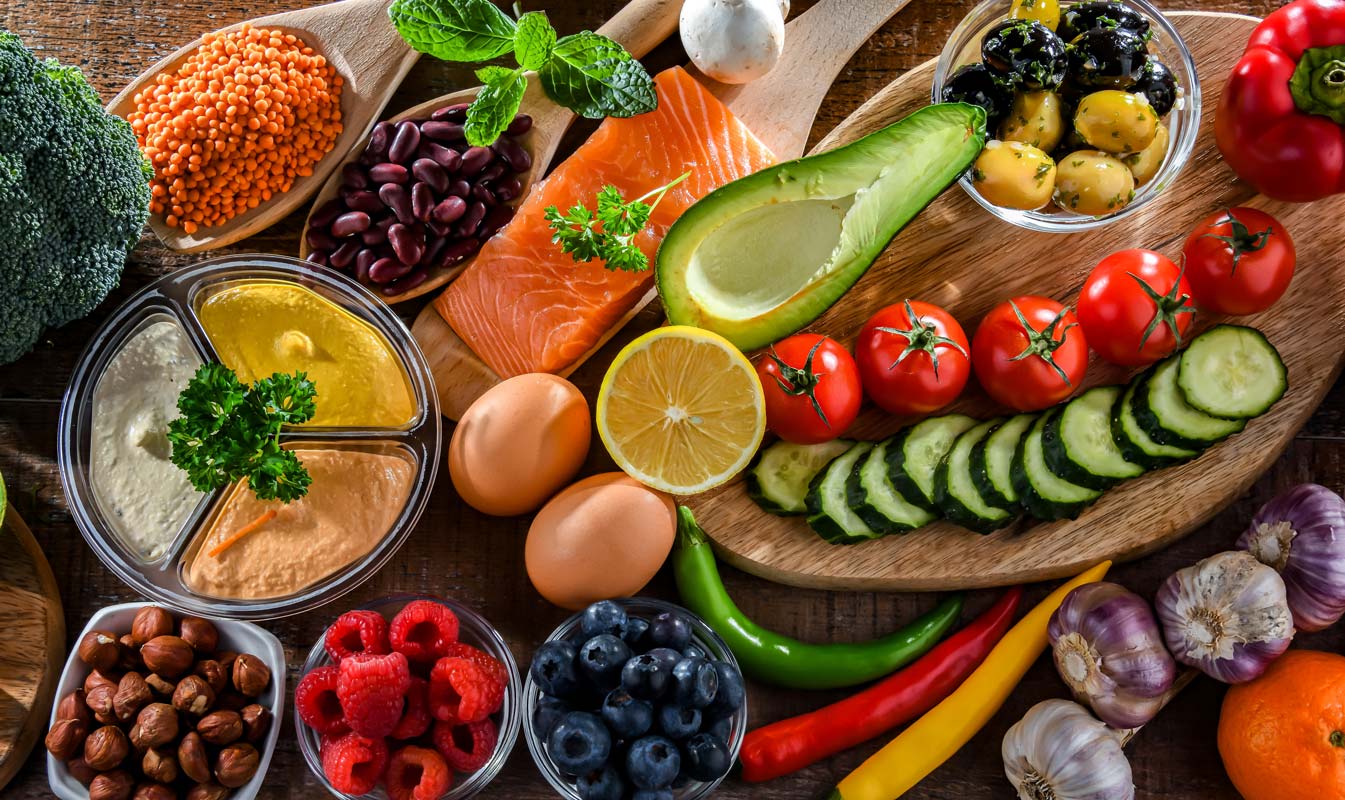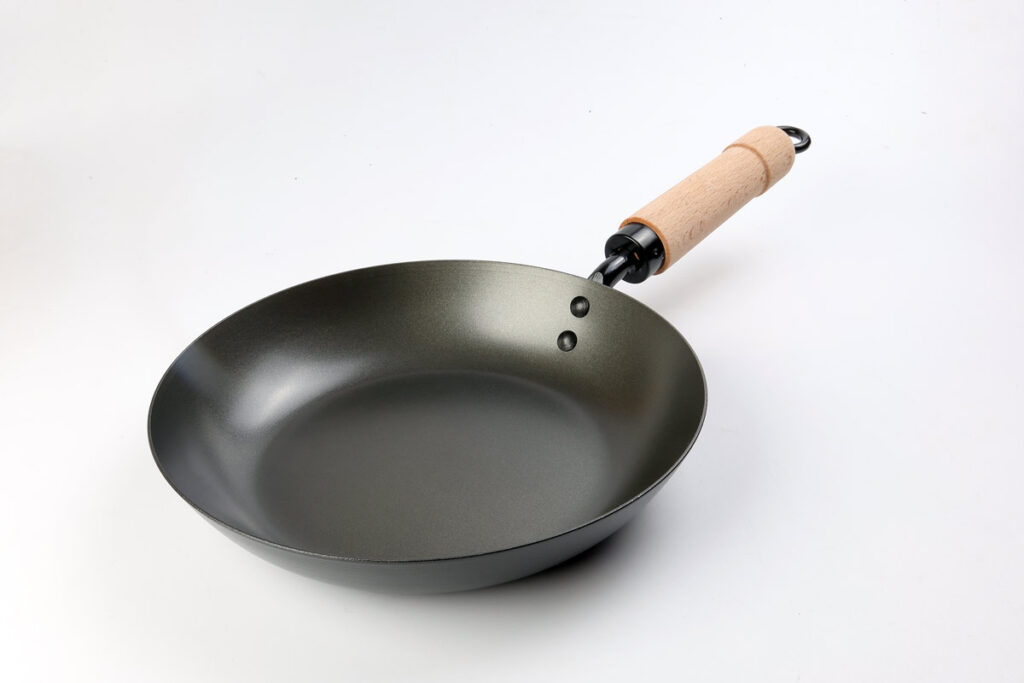Summer Lentil Salad Recipe, Spotlight on Lentils, The Mediterranean Diet for IBS and Outrunning Alzheimer’s
Lentils are the unsung heroes of the legume family—high in protein and fiber along with other nutrients and fast to cook. They’re the perfect replacement for rice in summer salads and side dishes. They also fit right into the Mediterranean diet, a way of eating that could be a welcome change from the FODMAP diet for people living with IBS, according to a new study. I’m also sharing research that takes a deeper dive into exercise as a weapon in the war against Alzheimer’s.
Summer Lentil Salad
 Summer Lentil Salad
Summer Lentil SaladThis protein-packed legume makes a satisfying meatless meal on its own as well as a zesty side dish for grilled tuna or salmon.
Ingredients
For the lentils:
- 1 cup dried French (du Puy) lentils
- 3 cups homemade or low-sodium canned chicken stock, more broth or water as needed
- 2 stalks celery, diced
- 2 large carrots, diced
- 1 bay leaf
- 1 teaspoon coarse sea salt
- 1 small red onion, diced
- 1 large bell pepper, diced
- 2 tablespoons finely chopped fresh flat-leaf parsley
- Salt as desired
For the dressing:
- 1 tablespoon red wine vinegar, more to taste
- 1 small shallot, minced
- 1/8 teaspoon freshly ground black pepper
- 1 tablespoon Dijon mustard
- 1/4 cup extra virgin olive oil
Directions
Step 1
Place the lentils in a sieve and rinse under cold running water, picking through to remove any pebbles. Bring the stock to a boil in a large pot, then add the lentils, celery, carrots, bay leaf, and salt. Turn down the heat to maintain a simmer, cover the pot, and cook until the lentils are tender but still toothsome (think al dente), about 25 minutes. Check 5 minutes in advance to make sure there’s still some liquid so that the lentils won’t scorch. If the lentils aren’t tender once the broth evaporates, add 1/2 cup more liquid and continue cooking 5-10 more minutes.
Step 2
While the lentils are cooking, make the dressing. In a medium bowl, mix the vinegar, shallot, black pepper, and Dijon. Slowly whisk in the olive oil. Taste and add more vinegar if desired.
Step 3
When the lentils are ready, strain off any remaining liquid and transfer to a large bowl; discard the bay leaf. Fold in the red onion, bell pepper, and parsley. Pour on the dressing and toss to coat. Taste and add salt as desired. Serve at room temperature or chilled.
Yields 8 servings

Healthy Ingredient Spotlight
Let’s Hear It for Lentils
High in fiber, vitamin C, and other antioxidants, strawberries also deliver potassium, folate, and magnesium. But they also have a tendency to get moldy when moisture gets trapped between the berries, especially in typical clamshell plastic containers. A simple storage trick is to unpack them as soon as you get home and transfer them, unwashed, to a paper towel-lined glass container—line them up upside down, leaving a bit of room between them, and store in the fridge, uncovered, suggest the experts at the Utah State University Extension. Wash them just before hulling (a curved grapefruit knife works great) and blot dry with fresh paper towels.


Quick Kitchen Nugget
Making Lentils in Advance
With 22 grams of protein in every cup of cooked French lentils, these nutrient-dense nuggets are great to have in the fridge, ready to sprinkle on green salads, add to other side dishes, or have as a satisfying snack drizzled with olive oil. Once you’ve cooked up a batch, drain them and let them come to room temperature. Transfer to a glass container and pop into the fridge. They’ll stay fresh for up to one week.

For Your Best Health
The Mediterranean Diet for IBS
IBS, or irritable bowel syndrome, affects an estimated 4 to 11 percent of all people, and most prefer dietary interventions to medication. Many try following the low-FODMAP diet, according to researchers at Michigan Medicine. It improves symptoms in more than half of patients, but it’s restrictive—it cuts out so many foods that people find it hard to follow. Previous investigations from these researchers, who were looking for more acceptable versions, led to their “FODMAP simple” diet, which only restricts the food groups in the FODMAP diet that are most likely to cause symptoms. Still, because any type of restrictive diets can be difficult to adopt, Michigan Medicine gastroenterologist Prashant Singh, MBBS, and his colleagues decided to look at a completely different alternative, the Mediterranean diet.
Many physicians are already behind the Mediterranean diet because of its benefits to cardiovascular, cognitive, and general health. With so many advantages, they wanted to see whether it could also bring IBS symptom relief. “In addition to the issue of being costly and time-consuming, there are concerns about nutrient deficiencies and disordered eating when trying a low-FODMAP diet. The Mediterranean diet interested us as an alternative that is not an elimination diet and overcomes several of these limitations related to a low-FODMAP diet,” said Dr. Singh.

For the pilot study, 20 participants, all of whom were diagnosed with either IBS-D (diarrhea) or IBS-M (mixed symptoms of constipation and diarrhea), were randomized into two groups. For four weeks, one group followed the Mediterranean diet and the other followed the restriction phase of a low-FODMAP diet.
The primary endpoint was an FDA-standard 30 percent reduction in abdominal pain intensity after four weeks. In the Mediterranean diet group, 73 percent of the patients met the primary endpoint for symptom improvement versus 81.8 percent in the low-FODMAP group. Though the low-FODMAP group experienced a greater improvement measured by both abdominal pain intensity and the IBS symptom severity score, the Mediterranean diet did provide symptom relief with fewer food restrictions.
“This study adds to a growing body of evidence that suggests that a Mediterranean diet might be a useful addition to the menu of evidence-based dietary interventions for patients with IBS,” said William Chey, MD, chief of gastroenterology at the University of Michigan, president-elect of the American College of Gastroenterology, and senior author of the research paper.
Researchers found the results of this pilot study encouraging enough to warrant future and larger controlled trials to investigate the potential of the Mediterranean diet as an effective intervention for patients with IBS. They believe studies comparing the long-term efficacy of the Mediterranean diet with long-term outcomes following the reintroduction and personalization phases of the low-FODMAP diet are needed.

Fitness Flash
Outrunning Alzheimer’s?
A Mass General Brigham study, published in Nature Neuroscience, has revealed how exercise rewires the brain at the cellular level. “While we’ve long known that exercise helps protect the brain, we didn’t fully understand which cells were responsible or how it worked at a molecular level,” said senior author Christiane D. Wrann, DVM, PhD, a neuroscientist and leader of the Program in Neuroprotection in Exercise at the Mass General Brigham Heart and Vascular Institute and the McCance Center for Brain Health at Massachusetts General Hospital. “Now, we have a detailed map of how exercise impacts each major cell type in the memory center of the brain in Alzheimer’s disease.”
The research team from Mass General Brigham and collaborators at SUNY Upstate Medical University leveraged advanced single-nuclei RNA sequencing (snRNA-seq), a relatively new technology that allows researchers to look at activity at the molecular level in single cells for an in-depth understanding of diseases like Alzheimer’s, along with a widely used preclinical model for Alzheimer’s disease. Focusing on a part of the hippocampus, a critical region for memory and learning damaged early in Alzheimer’s, they identified specific brain cell types that responded most to exercise.
They exercised a common mouse model for Alzheimer’s disease using running wheels, which improved the mice’s memory compared to their sedentary counterparts. They then analyzed gene activity across thousands of individual brain cells, finding that exercise changed activity both in microglia, a disease-associated population of brain cells, and in a specific type of neurovascular-associated astrocyte (NVA), newly discovered by the team, which are cells associated with blood vessels in the brain. Furthermore, the scientists identified the metabolic gene Atpif1 as an important regulator to create new neurons in the brain. “That we were able to modulate newborn neurons using our new target genes set underscores the promise our study,” said lead author Joana Da Rocha, PhD, a postdoctoral fellow working in Dr. Wrann’s lab.
To ensure the findings were relevant to humans, the team validated their discoveries in a large dataset of human Alzheimer’s brain tissue, finding striking similarities. “This work not only sheds light on how exercise benefits the brain but also uncovers potential cell-specific targets for future Alzheimer’s therapies,” said Nathan Tucker, a biostatistician at SUNY Upstate Medical University and co-senior author of the study. “Our study offers a valuable resource for the scientific community investigating Alzheimer’s prevention and treatment.”
Get More Recipes In Your Inbox!






